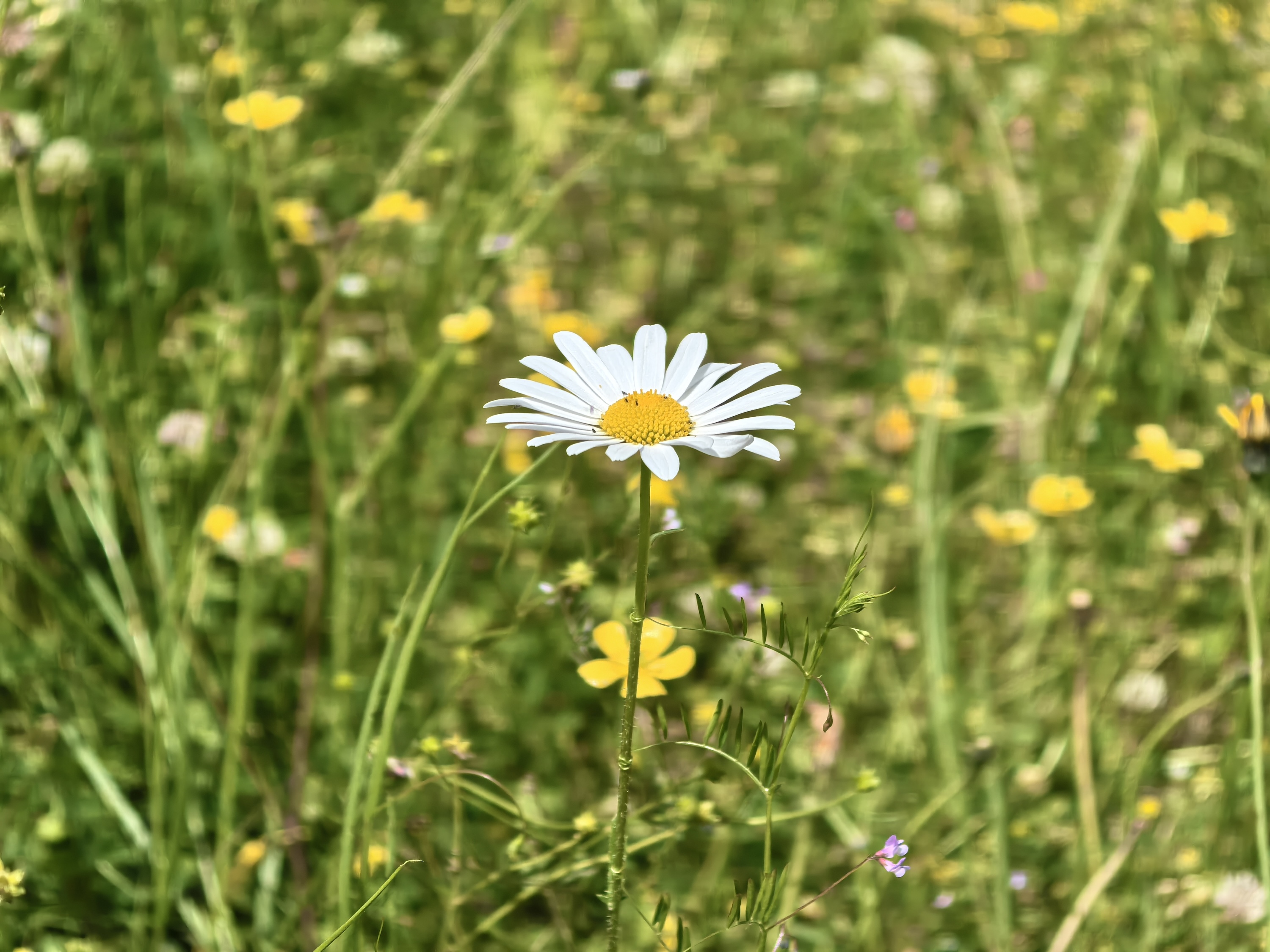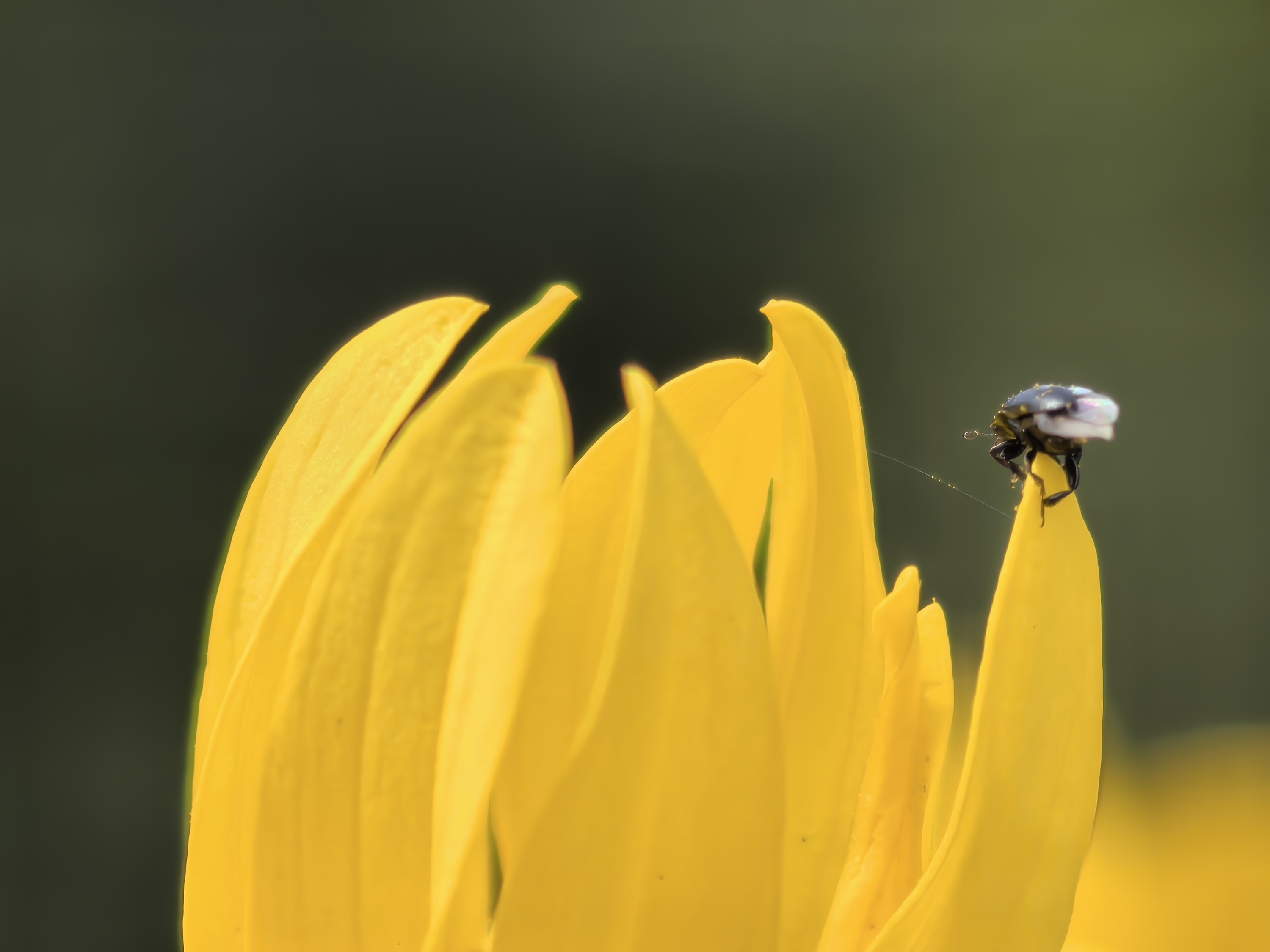

I’ve been using a smartphone that I think should be your next camera, but not your next phone. I realize this is quite a big statement and also likely a financially irresponsible one, but it’s the only way the Huawei Pura 70 Ultra makes much sense.
As a phone, it’s both hobbled and irritating. But as a camera, it’s utterly glorious. The camera is so good, in fact, that the rest of the phone is practically irrelevant.
It’s not a phone?

To be clear, the Huawei Pura 70 Ultra functions as a smartphone, just one without Google services. This means if you regularly use or rely on any Google apps — from Gmail to Maps — it will require effort and dedication to move away from them. Huawei’s app library has significant holes, and using third-party app stores and APK files isn’t the effortless workaround Huawei wants you to think it is. Remember, there’s no Google Play Store here.
The Pura 70 Ultra’s software is essentially Android, but it’s hidden deep underneath Huawei’s own EMUI interface, which is not as fluid, reliable, or enjoyable to use as it should be. All this means that you have to make a lot of compromises or be highly anti-Google to contemplate using the Pura 70 Ultra as your sole way of communicating with the world. Look into the specifications in more detail, and you’ll find that the processor is also technologically inferior to flagship chips from Qualcomm and MediaTek.

It just doesn’t encourage me to use it all day, but it’s an entirely different story with the camera. It’s not just one thing that makes it so fantastic — it’s a combination. And the overall quality is so impressive that you can experiment, play, and enjoy the camera in all types of situations, while being confident that it’ll likely surpass your expectations every time you tap the shutter button.
I’ve rarely been disappointed with the results, and it pushes you to take more photos to see what it’s truly capable of. It really is the opposite of the smartphone side.
What’s the camera’s secret?

The secret to the Pura 70 Ultra’s performance may be the motorized lens housing, which isn’t a completely new thing for smartphones, but it is used in a new way here. Huawei says that by extending and retracting the lens from the sensor, it was able to fit a giant 1-inch sensor into the Pura 70 Ultra without resorting to using a massive camera module and upsetting the design and ergonomics. Sure, the module is large, but less so than on the Xiaomi 14 Ultra or the Vivo X100 Pro.
You can hear the retractable housing move, and it’s a pleasing sound that’s as electronic as it is mechanical. It works alongside a mechanical aperture, which operates between f/1.6 and f./4.0. You can’t hear this working, but you can see it. It’s not the first time this technology has been used on a phone either (the Huawei Mate 50 Pro featured one, and Tecno is also working on the tech), but it is the first time it has been paired with the retractable lens housing.
Continuing on, the main 50-megapixel camera is joined by a 50MP Macro Telephoto camera for a 3.5x optical zoom and superior close-ups. Used on its own, the main camera’s 35mm equivalent shots are beautiful, full of vibrant colors, yet still carefully tuned for a unique appearance. But when you combine the optical zoom, mechanical aperture, and the retractable lens with the massive sensor, you can start creating photos that are impossible on any other phone.
A truly amazing smartphone camera

There’s a delicacy to the Pura 70 Ultra’s depth of field that a Portrait mode can never hope to replicate, and is hard even for genuinely capable smartphone cameras to match. As a result, the 3.5x optical zoom becomes far more versatile than a 5x optical zoom, giving photographs camera-like qualities that I find really pleasing to look at and opening up opportunities to take photos you may normally ignore.
It’s the same for the Pura 70 Ultra’s Super Macro mode. Again, we’ve seen macro modes many times before, but the Huawei phone succeeds where others stumble. Once you get the hang of how it needs to be used, it requires almost no effort, and what makes it amazing is how few compromises there are when using it. Colors are striking, and focus is sharp and exact, which leads me to the final aspect that makes the Pura 70 Ultra’s camera so good: detail.
The detail collected by the Pura 70 Ultra’s camera is astonishing, and it doesn’t seem to matter what mode you use, as it’s always pin-sharp. This is what makes the Super Macro mode stand out from the competition, too, as there’s no compromise when you get close to your subject, whether you use the 3.5x optical or 10x hybrid zoom. It all gives you confidence in the camera, and that quickly translates into trying new things because you know it will deliver.
Nothing appears artificial

It took a while before I decided on how to properly describe the Pura 70 Ultra’s camera performance, and eventually, I realized that it rarely feels artificial, and I never feel like I’m activating a “mode” or feature to try and take the photo I have in my mind. Instead, I just use the camera normally, and switching between features never comes with any trepidation, as it always feels like a focused device made for taking photos rather than a product designed to do many different things to an average standard.
I have enjoyed Huawei’s smartphone cameras since it parted ways with Leica a few years ago, and some have really impressed, but none have reached the heights of the Pura 70 Ultra. Huawei has clearly taken what it learned about character, emotion, and tone in photographs from its Leica partnership and matched it with a camera that concentrates on the art of photography rather than gimmicky modes designed to catch headlines rather than long-term attention.
I don’t have any interest in using the Pura 70 Ultra as a phone, but I could see myself using the camera over that of any other smartphone I’ve tried recently, and I think that even includes the superb Xiaomi 14 Ultra.
I thought the days of carrying a camera and a phone around with me were long over, but the Huawei Pura 70 Ultra has quickly convinced me otherwise. It’s the first phone I can remember using that I can’t recommend as a phone, but can wholeheartedly recommend as a camera.


















